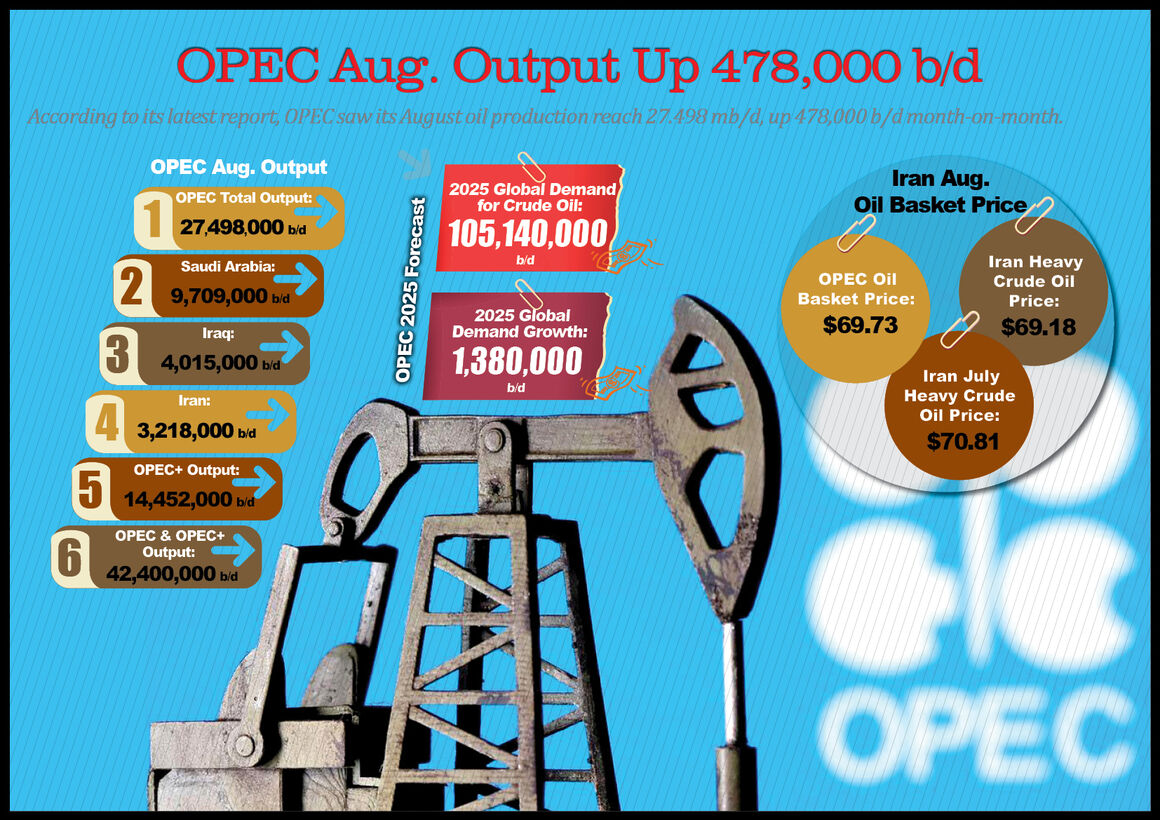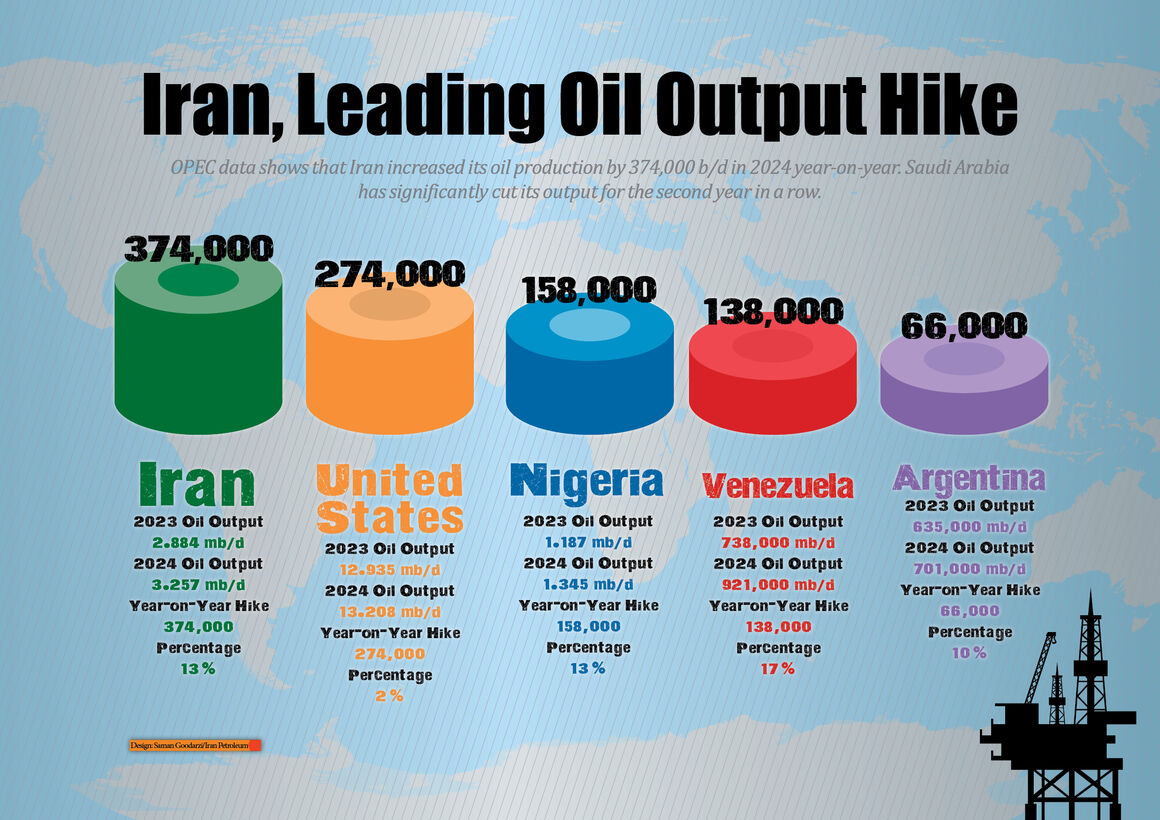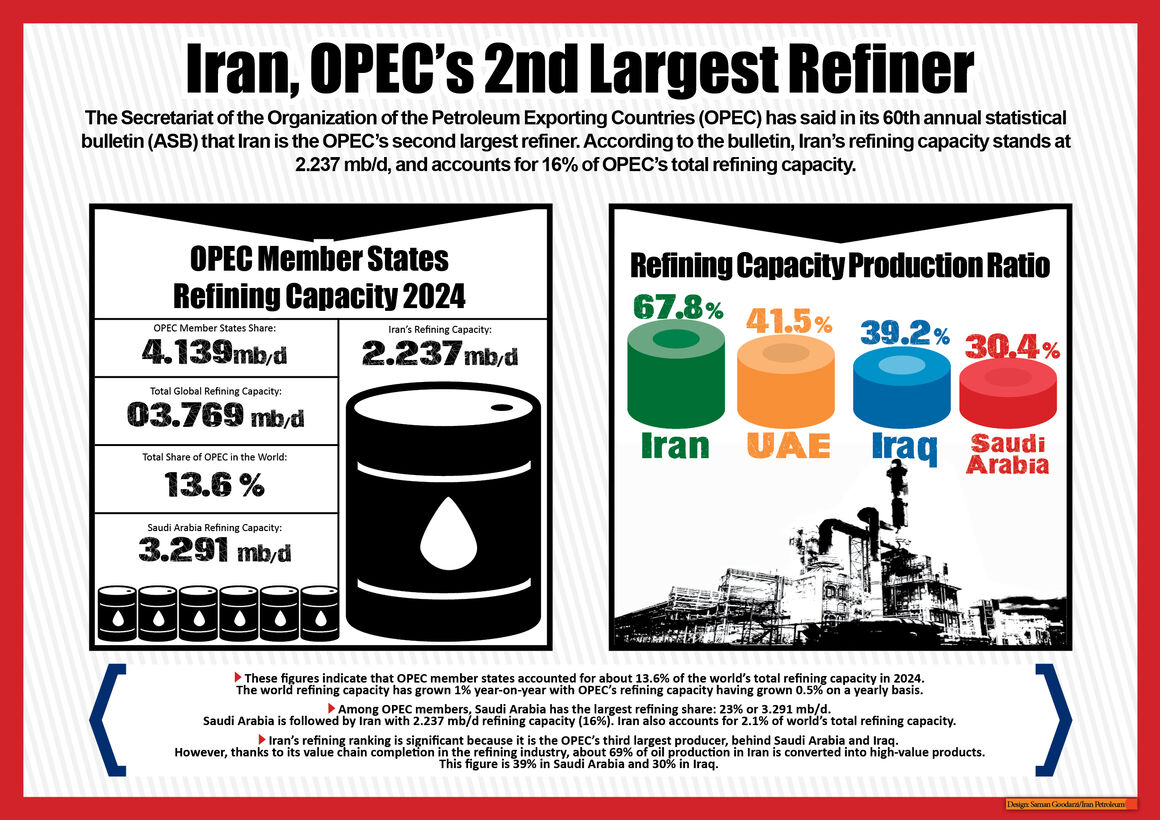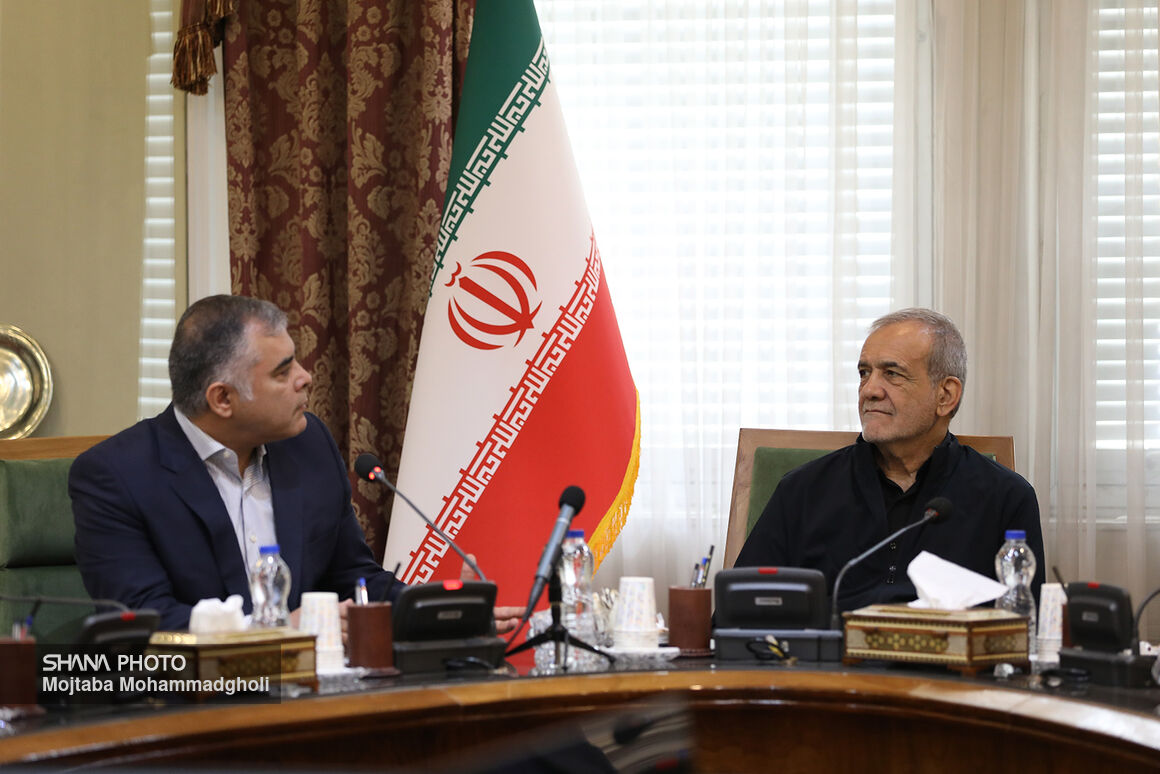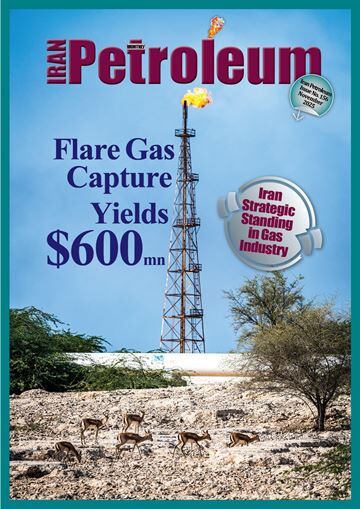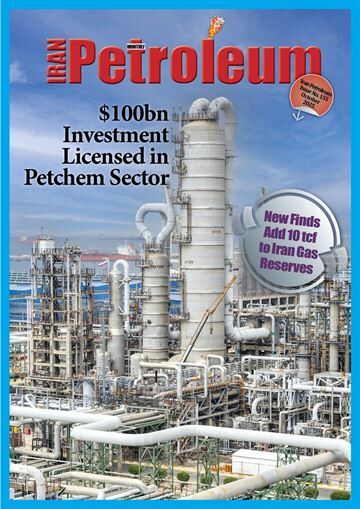Top
-
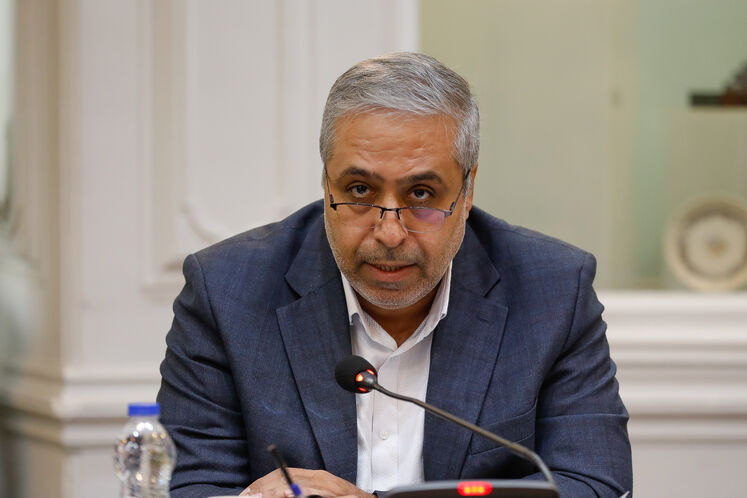
Gas sales to petrochemicals fund major share of subsidy program
SHANA (Tehran) – A senior oil official said a substantial portion of the country’s targeted subsidy funding is generated from natural gas sales to industry—particularly petrochemical producers—underscoring the sector’s role in financing public welfare programs.
-
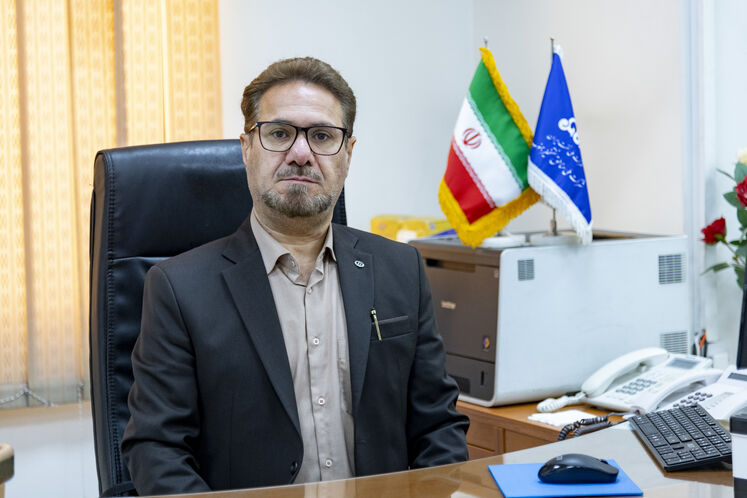
Research spending soars 11-fold as dozens of projects advance in NISOC
SHANA (Tehran) – The head of research and technology at the National Iranian South Oilfields Company (NISOC) said dozens of projects are underway across research, first-of-its-kind production, graduate studies and artificial intelligence, with research funding rising more than elevenfold over the past five years.
-
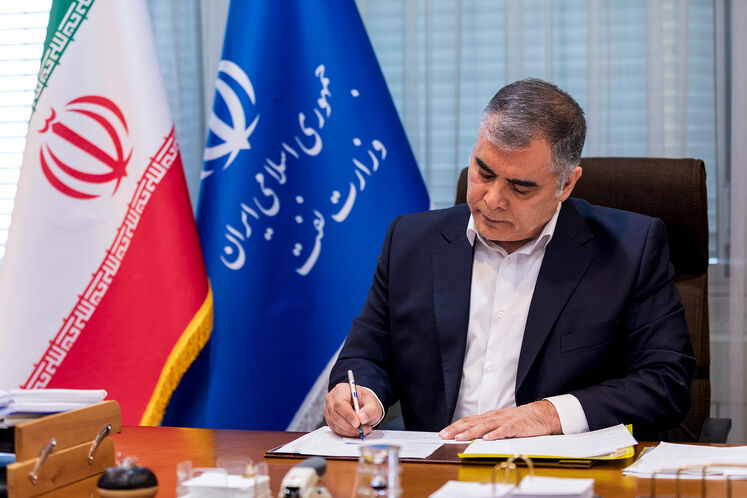
PDA rolled out for oil industry
SHANA (Tehran) – Iran’s oil minister issued a standardized Innovative Product Development Agreement, known as the PDA, to support the use of advanced products and expand domestic manufacturing by new technology-based firms (NTBFs) across the oil industry.
-
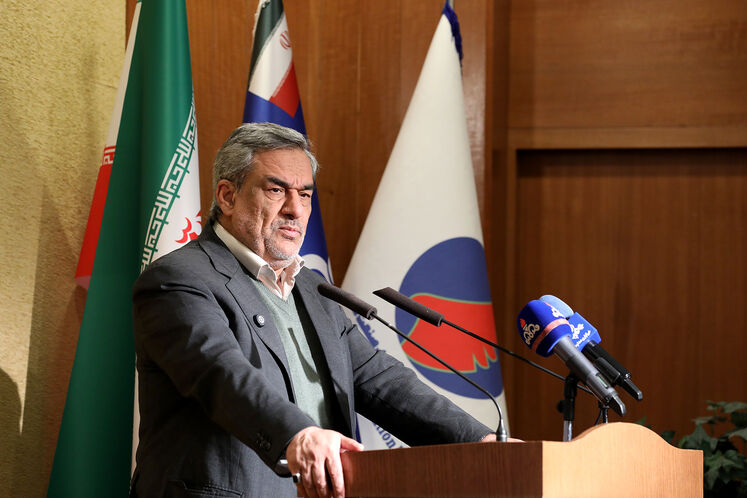
Focus on cost cuts and higher output
Research tops NIOC agenda
SHANA (Tehran) – The head of the National Iranian Oil Company said research is a top priority for the company, citing the allocation of 4% of operating expenditures to research activities, a focus on innovative studies and efforts to improve drilling rig efficiency as key pillars for boosting production and creating economic value.
-
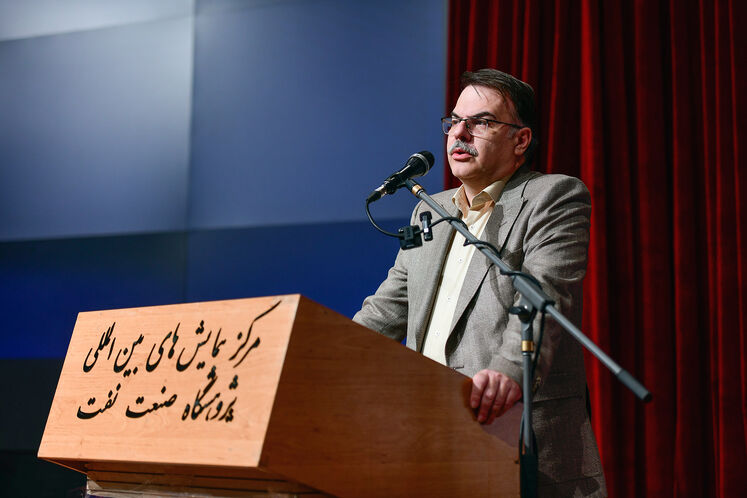
RIPI should lead oil sector’s technology efforts
SHANA (Tehran) – Iran’s deputy oil minister for engineering, research and technology said the Research Institute of Petroleum Industry should become the central hub for technological activities in the oil sector, playing a stronger role in meeting the country’s technology needs through active participation by researchers.
تیتر دو
-

Research, technology at the core of oil industry transformation
SHANA (Tehran) – Iran’s Ministry of Oil marked Research and Technology Week this year with a focus on developing advanced technologies, strengthening ties between industry, universities and new technology-based firms, and advancing a targeted shift toward digital transformation.
-
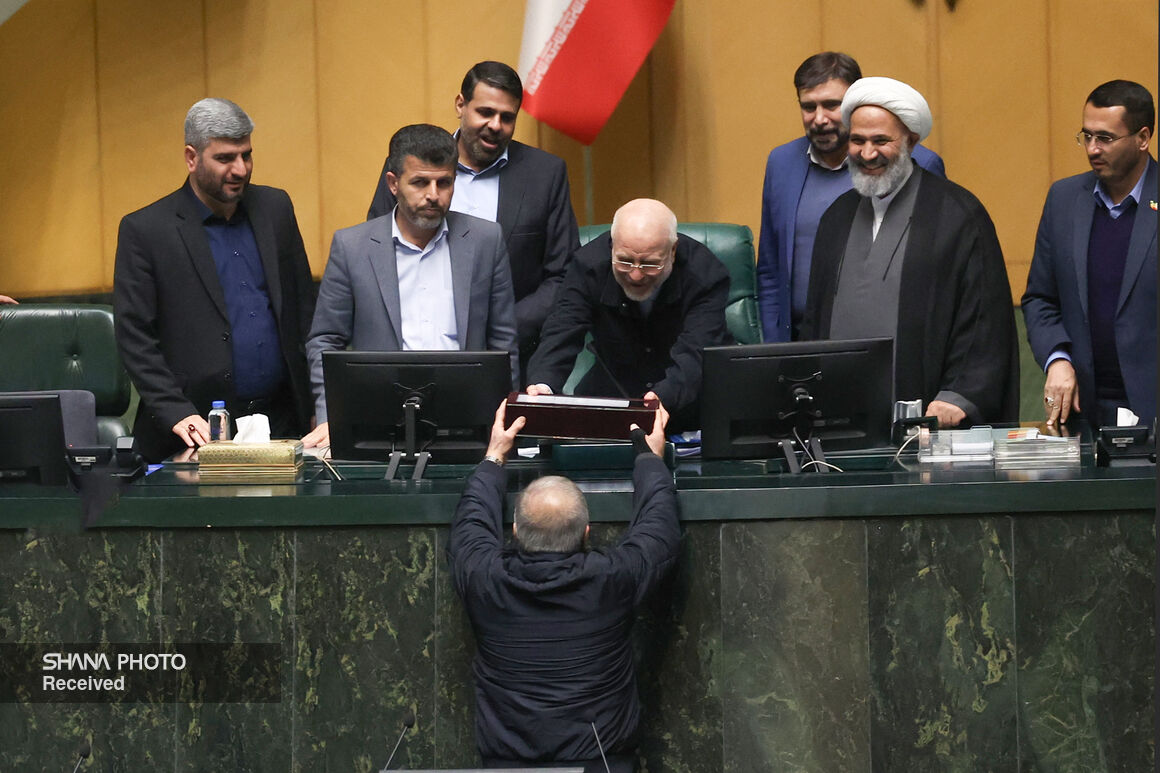
Government submits 1405 budget bill to Parliament
SHANA (Tehran) – The government on Tuesday submitted the national budget bill for the year 1405 to Parliament.
-
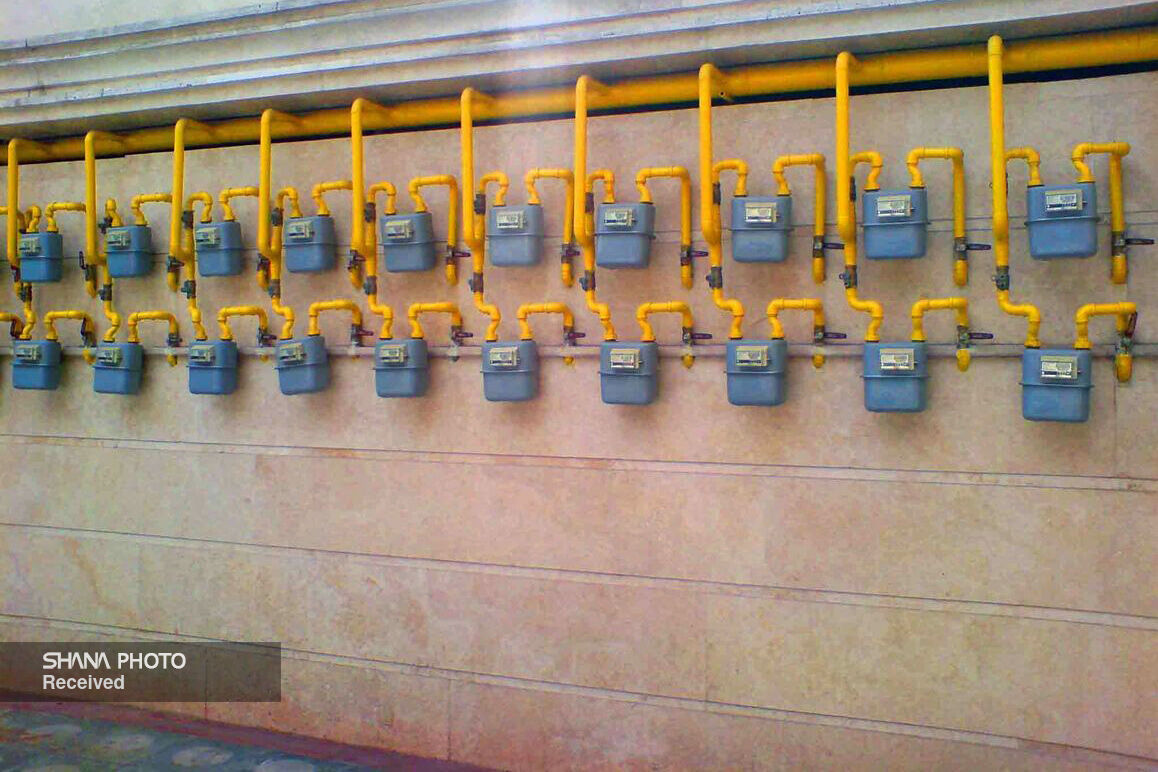
Household, commercial gas use tops 655 mcm on Monday
SHANA (Tehran) – Natural gas consumption in the household, commercial and small industrial sectors climbed above 655 million cubic meters on Monday as cold weather persisted across the country, according to data from the National Iranian Gas Company.
-

Ilam Gas Refinery moves toward zero flaring
SHANA (Tehran) – The CEO of Ilam Gas Refining Company said extensive measures are underway to reduce gas flaring and protect the environment, noting that flaring at the complex has been cut by about 50% and is moving toward complete elimination.
Analysis
-
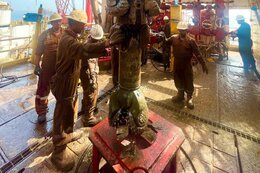
Boosting Well Productivity by Innovative Strategies
SHANA (Tehran) - Iran sits atop the world’s largest hydrocarbon reserves, with its massive South Pars gas field alone holding an estimated 280 tcf of recoverable natural gas. Yet despite this abundance, maximizing well productivity remains a critical challenge for Iran’s oil and gas industry.
-
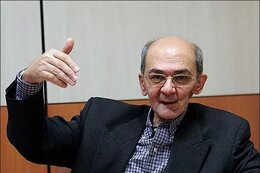
Iran Oil Sector: A Paradox of Potential and Opportunity
SHANA (Tehran) - Iran, strategically located in the Middle East and Central Asia, holds a huge amount of oil and gas. We are talking about some of the world’s largest proven crude oil and natural gas reserves. This means the country’s energy sector is incredibly important on the global scene, with immense potential for investment and for really capitalizing on Iran’s substantial wealth.
-
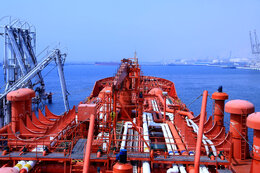
War on Iran Ignites Long-Term Global Oil Instability
SHANA (Tehran) – The recent air strikes by the Zionist regime on Iran’s industrial centers, oil and gas facilities, and civilians have sent shockwaves through the global oil markets. The attacks led to a significant but short-lived increase in prices.
-

War of Aggression on Iran and Global Energy Security
SHANA (Tehran) – Ever since the Zionist regime launched its invasion of Iran, energy has become a pivotal issue in international fora. Two key issues, energy price and energy security, were focused upon by the media, political elite, and economists due to Iran’s prominent role in energy production and exports and its strategic position in the Strait of Hormuz.
-
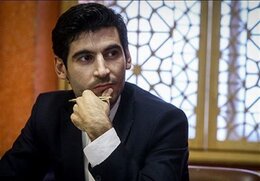
Analysis of the War on Iran
SHANA (Tehran) –The 12-day war imposed by the Tel Aviv regime against Iran on 13 June 2025, targeting mainly nuclear and military installations in addition to infrastructure, constitutes one of the most complicated geopolitical crises of recent decades. Iran responded forcefully to the strikes. Although the United States initially refused to engage in the war, there was no doubt from the very beginning that it was the main ally of the Zionist regime in this crisis. That is why, when it was convinced that Iran had the upper hand on the battlefield, the US intervened and bombed Iranian nuclear facilities. It is highly significant to review the Zionist regime and the US objectives and scenarios in the war on Iran.
-

Attack on the Heart of Energy Security
SHANA (Tehran) – Energy security scholarship has long recognized the interconnected nature of global energy systems (Yergin, 2006; Winzer, 2012). The concept encompasses not merely the availability of energy resources but also the stability of supply chains, market predictability, and the resilience of energy infrastructure. Climate policy literature similarly emphasizes the need for coordinated international action and stable investment environments to achieve decarbonization goals (IPCC, 2022).
Report
-

$3.5bn Invested in Tehran Refinery Upgrading
SHANA (Tehran) - Tehran’s oil refinery is among the oldest and leading oil refining facilities in Iran. It is instrumental in producing vital fuels like gasoline, gasoil and jet fuel. With a refining capacity of 250,000 b/d of crude oil and enjoying a strategic location near Tehran, the facility has a major share in national energy supply. Upgrading the quality of petroleum products has been a priority of the Ministry of Petroleum under the 14th administration. That would require upgrading the refinery.
-
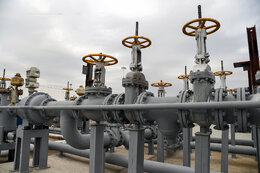
Iran Oil Industry Unfazed by War
SHANA (Tehran) – Nearly four decades after the end of the imposed war on Iran, the Zionist regime, which has occupied Palestine, launched military strikes on Tehran and some other cities as well as Iran’s oil facilities in a flagrant violation of international law and national sovereignty of the Islamic Republic of Iran.
